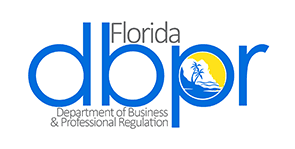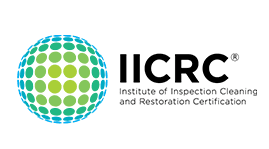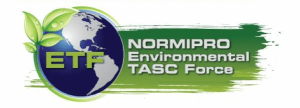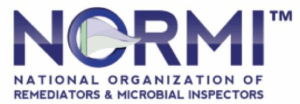Damage Mitigation in Florida
When disaster strikes, whether from natural forces like hurricanes and floods or from incidents like fires and plumbing failures, the damage to homes and businesses can be extensive. This guide explores the critical services of mitigation and restoration, which are designed to help property owners recover from such events. We will cover what these services entail, the different types of damage they address, and the importance of timely intervention.
Get Your Free Estimate
Comprehensive Guide to Damage Mitigation & Restoration Services
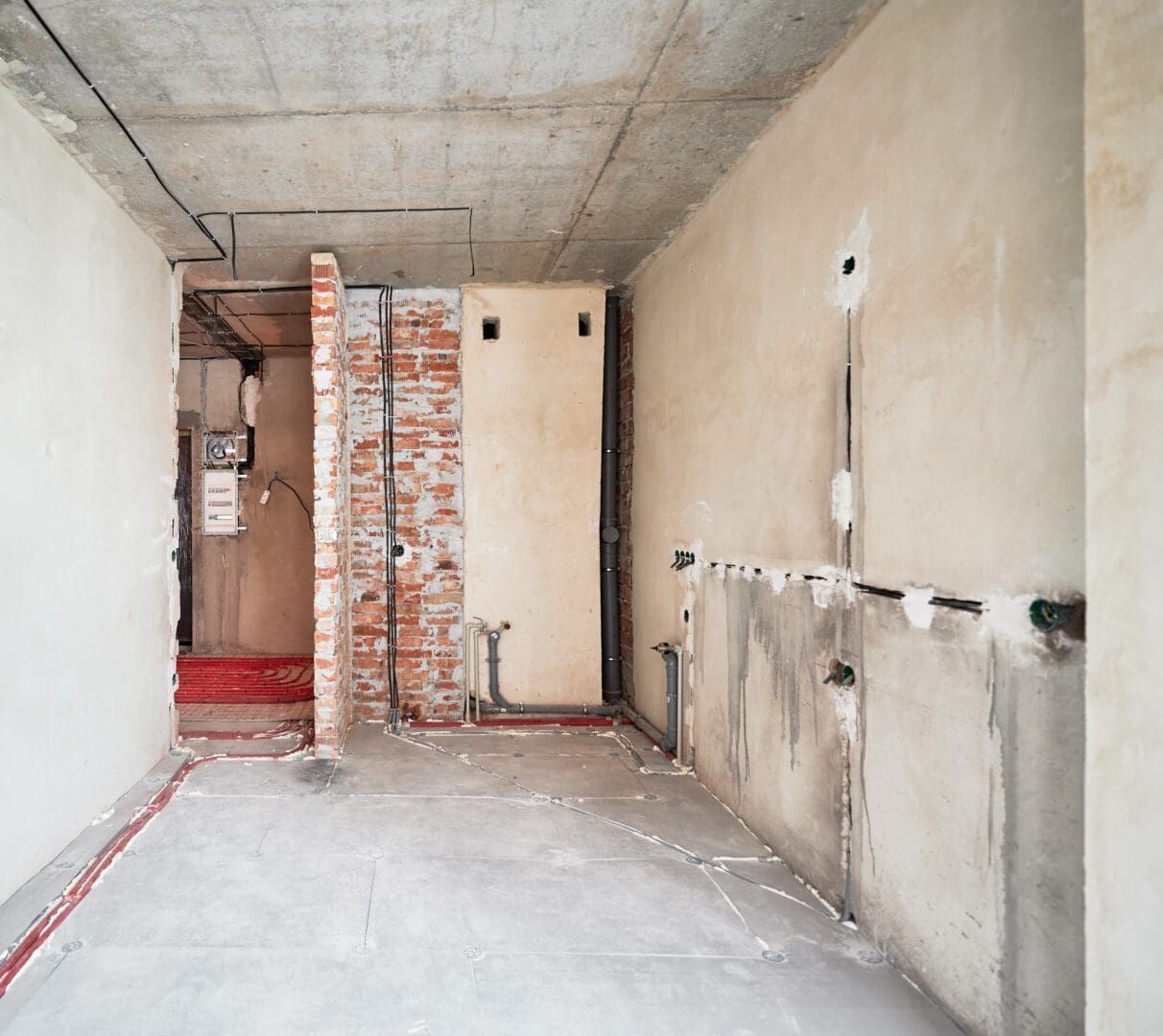

Mitigation refers to the initial steps taken to prevent further harm to a property immediately following a disaster. The primary goal of mitigation is to stabilize the situation and protect the property from additional harm.
Mitigation and restoration services are essential for anyone facing property damage due to disasters or accidents. Understanding the scope of these services and the importance of prompt action can help minimize the impact of such events. By engaging professionals who are skilled and responsive, property owners can navigate the aftermath of a disaster more smoothly and with confidence that their property will be returned to a safe, welcoming state. This guide aims to equip homeowners and business owners with the knowledge they need to make informed decisions about these services, ensuring quick recovery and long-term protection of their assets.
How Mitigation Works
Mitigation efforts vary depending on the type of damage but typically include:
- Water Extraction: Removing standing water from flooding or leaks to prevent further water damage and mold growth.
- Boarding Up: Securing broken windows, doors, and other openings to protect against weather elements and unauthorized entry.
- Roof Tarping: Applying a waterproof tarp to damaged roofs to prevent additional water damage from rain.
- Debris Removal: Clearing debris to make the area safe for further restoration work and assessments.
Importance of Timely Mitigation
Prompt action is crucial as it significantly reduces the risk of secondary damage, such as mold growth or structural weakening, which can complicate the restoration process and increase repair costs.
Restoration Services Explained
After the initial mitigation, restoration services take over to repair and rebuild the damaged areas to their pre-disaster condition. Restoration can be a complex process, depending on the severity of the damage and the materials affected.
Steps in the Restoration Process
- Assessment: Professionals evaluate the extent of the damage and plan the restoration process.
- Water Damage Restoration: Includes drying out wet areas, sanitizing, and preventing mold growth.
- Fire and Smoke Damage Restoration: Involves soot removal, deodorization, and repair of items damaged by fire and smoke.
- Mold Remediation: Focuses on identifying sources of moisture, removing mold growth, and taking measures to prevent future mold problems.
- Reconstruction: Rebuilding the damaged parts of the property to their original state.
Types of Damage Addressed
Mitigation and restoration services cover a variety of incidents:
- Water Damage: From plumbing leaks, floods, and appliance malfunctions.
- Fire Damage: Including the aftermath of a fire, such as charred structures and smoke residue.
- Storm and Weather Damage: Repairing damage from hurricanes, tornadoes, and other severe weather events.
- Mold Damage: Addressing health hazards and structural damage caused by mold growth.
Choosing the Right Service Provider
Selecting a qualified and experienced service provider is vital. Here are factors to consider:
- Certifications and Training: Ensure the company is certified by industry standards, such as the Institute of Inspection Cleaning and Restoration Certification (IICRC).
- Experience: Look for companies with a proven track record in handling similar types of damage.
- Response Time: Choose providers who offer emergency services to ensure quick mitigation.
- Insurance Coordination: Experienced providers will help navigate the claims process with your insurance company.
Long-Term Benefits of Professional Services
Investing in professional services not only helps restore your property quickly but also offers long-term benefits:
- Prevents Long-term Issues: Professional mitigation reduces risks like mold and structural damage.
- Maintains Property Value: Properly restored properties maintain their market value.
- Ensures Safety: Expert restoration helps ensure the building is safe for occupants post-disaster.
Environmental Considerations
Restoration also involves environmental considerations, such as responsibly disposing of hazardous materials and using sustainable materials and methods in the rebuilding process.
Contact Us
Let's Talk About Your Next Project
Get Your Free Estimate
Well Home Solutions is certified. Accredited
Need Financing?
We know it is not easy to cover the cost of a project for unexpected home emergencies. We can help!
For all your needs, trust our professionals—dial (305) 224-1666.



